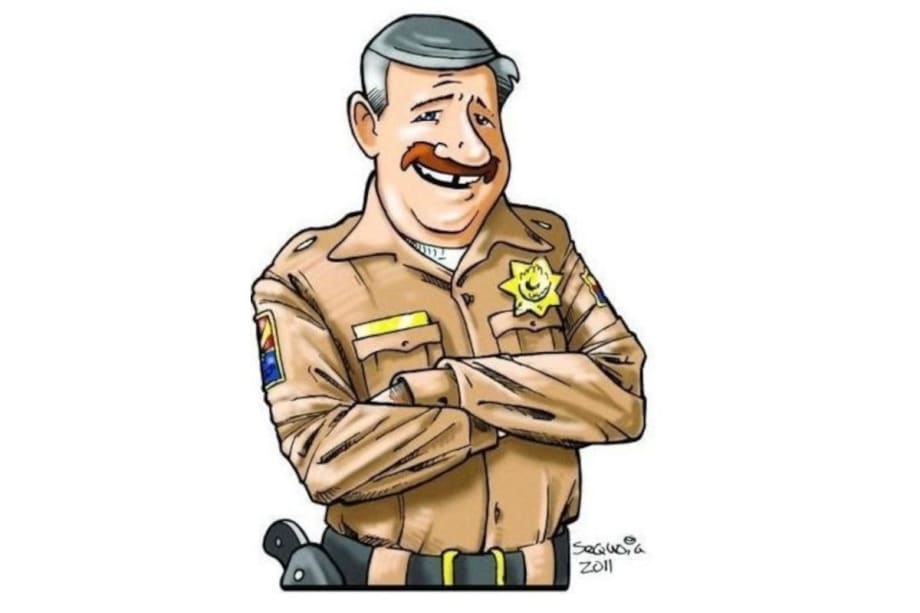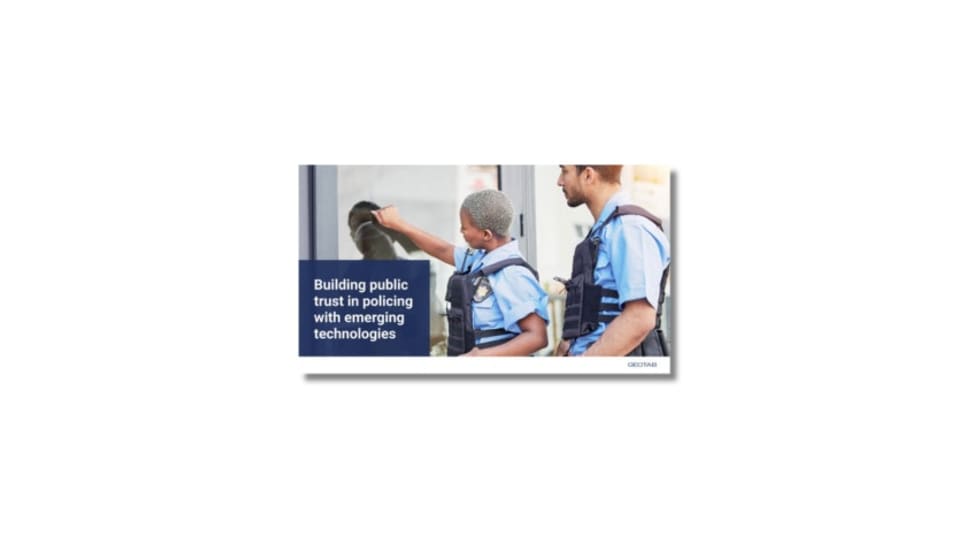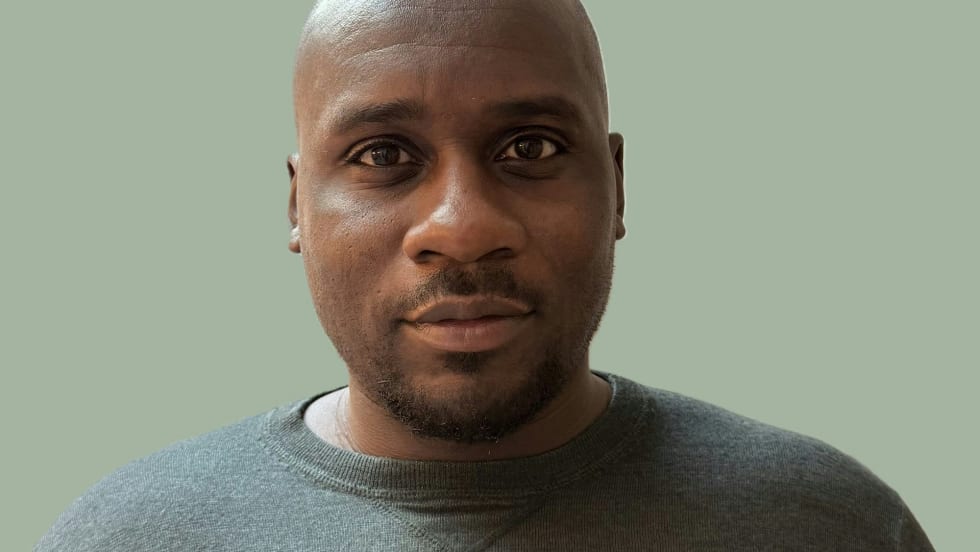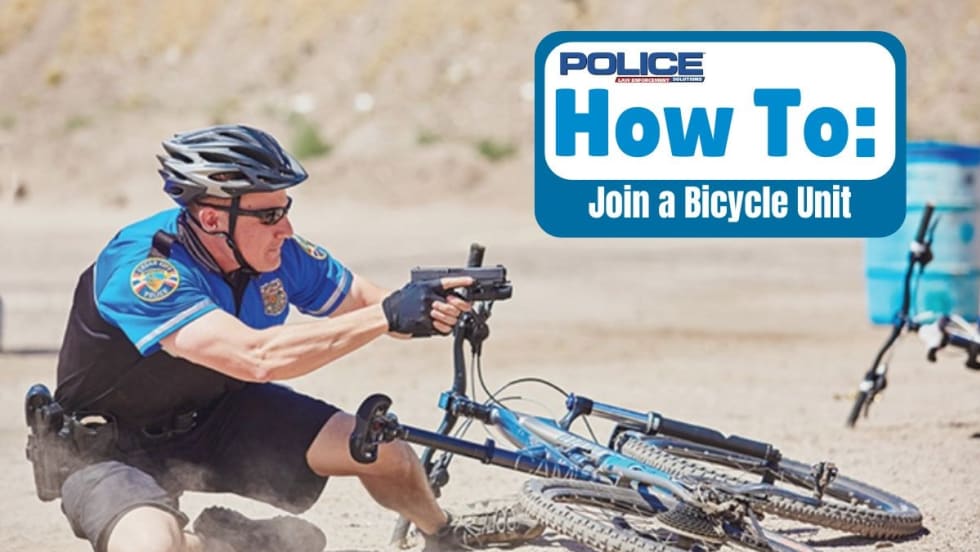So, you want to become a trainer… If you want to take that challenge seriously, start by improving your communication skills. If you are an FTO, for instance, you already have an audience for your training practice. I’ve found very often FTO’s already have the talent to teach before ever going into a classroom. If you haven’t been doing any teaching or speaking, start. Get involved in the local academy, either police, citizen’s, or junior college, and take advantage of the opportunities they offer to develop your teaching and communication skills.
Learn how to develop an effective lesson plan. The late, great Bob Mager wrote a series of excellent and readable books on training that every academy director, training commander, and wannabe instructor should read. His “Preparing Instructional Objectives” and “Goal Analysis” should be a basic requirement of every instructor development course. But don’t wait to go to a class; read these on your own. And while you’re at it you, and all law enforcement leadership, should read Mager’s excellent “Measuring Instructional Result.”
But now let’s get back to the actual skill of teaching. Being an effective speaker involves lots of things and one of the best resources I ever read on communicating effectively was Ron Hoff’s “I Can See You Naked.” Now don’t draw any conclusions based on this title. The old idea about pretending your audience is naked to mitigate your own anxiety about speaking is not something approved of in this book, but it does contain a bunch of positive and effective tools for communicating successfully. One of the author’s key points is that your audience is made up of people who are either emotional learners or analytical learners, and since you are teaching all of them you need to include both facts and emotion in your training.
Now, many of you are saying, “Isn’t humor a good way to inject emotion into my training?” Well, yes and no. Humor is a grenade just dying to go off in your hand. In a day and age where every class has its own “Karen” monitoring everyone around them and looking for something they deem offensive, anything but self-effacing humor has a real possibility of landing you in human resources. Rather than employing humor, remember this key point: You are trying to get every listener to ask themselves, “What does this information, training, knowledge, mean to me?” This reflection promotes a higher level of retention and produces a greater effect on performance than any good joke, and this is exactly what you are shooting for in your
communication.
Speaking of communicating, today we have many great aids for transmitting information, but this prompts a word of warning: “Death by PowerPoint” is a real thing. Tools like PowerPoint and Keynote are fine if you remember that they should not be a presentation of Word documents. Books like “Presentation Zen” by Garr Reynolds explain how to develop a presentation that communicates without leaving the listener numb or comatose. Remember, when training you are the key element in whether learning occurs or not. So, keep developing your skills both in your messaging, delivery, and appropriate and effective use of tools.












